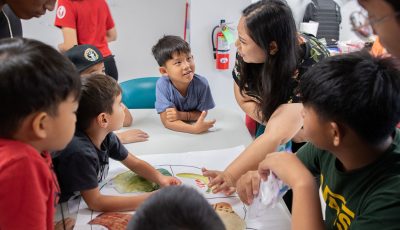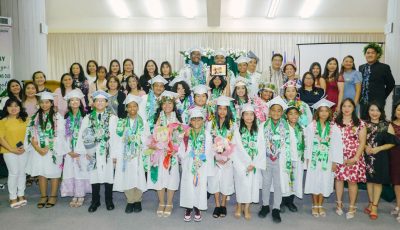WiDA people
In the late ’70s, I visited a colleague attending Madison’s University of Wisconsin to do graduate studies on law. In one of my commutes from Chicago where our international center was located to Saskatoon in Canada where I lived, I paid her a visit, not just because she and her husband were friends, but because the university was a hotbed of student activism.
Having fallen into the bureaucratic role of structural change, I’ve turned into a half-dead functionary. I am recovering the raw passion of an earlier time.
But UW is another recollection. For now, we encounter Wisconsin in its influence to the established standards on core curriculum at WSR. I am using academic jargon here, foreign to the ordinary Juana and Juan, but somewhere when we went the way of the No Child Left Behind Act of 2001, educators became familiar with the emergent standard testing and established commonality in curriculum.
The Act was big in George W. Bush’s White House, and a huge upheaval in education in the CNMI left hurdles from Praxis I and II to entrenched teachers to jump over with a few unable to adequately lace their dancing shoes, and not necessarily because they were pedagogically insufficient. Testing was the culprit.
In ‘84, Wisconsin, Delaware, and Alabama (WiDA) joined forces to standardize testing on the unclear core curriculum. Alabama dropped off the consortium but others joined in and what started as an acronym for three U.S. States with the lower case “i” in the name of the group, it became just WIDA for its mission and vision on education. In 2007, it published its first edition on standards, after testing on K-2, and in 2012, it tackled Language Development Standards for K-12 in an amplification book.
That’s where I come in. Newly resolved to spend the next five years with the Public School System, I am now shepherding first graders into participating in their learning paths, wherever they were from. Some came through Pre-School and Kindergarten so their proficiency in cognitive forms of words and numbers’ learning are reflected in their “academic” background while those who came directly from the undisciplined but rich modes of life learning need brackets into their learning ways so they can learn along their classmates the standard organized way of the classroom.
WiDA’s 2012 book sits in WSR’s faculty room. The developmental standards cover the following fields. First, learners communicate for social and instructional purposes within the school setting. Second, they commerce in information, ideas and concepts in Language Arts; third, manipulate numbers in Mathematics; fourth, follow applied methods in Science; and fifth, review history and sociology in Social Studies. Thus, the five parts of the core curriculum are: Language Arts, Math, Science, Social Studies, and generic communications used in the academic setting of a school.
A child learns to listen, repeat, read and write language, match the words with numbers (math), learn the narrative of the social setting (social studies), try how things work (science), and dissect the structure of language (syntax, et al).
Unfortunately, some pedagogy gets stuck on the academics and forgets the learning. This is why it is imperative that parents understand what is being taught in school, how a child learns, and how to participate in their own learning.
WIDA is a set of standards used by many states to get at the core curriculum. It is not just for professionals to understand. It needs to be a practical tool for parents and learners to use. “Keep it simple, stupid” might smack into arrogance but professionals need to keep parents and learners participate in the process, otherwise, we are at the mercy of academic degree holders adept in morphology, phonology and linguistics, but would not know how to communicate if their lives depended on it.
KSA was a favored acronym in my time. Knowledge, Skills, and Attitude were the areas covered by language teachers who taught Peace Corps Volunteers in the ’80s. This fits nicely to the structure of the brain.
Three areas are common to brain literature: the medula oblungata is the front line in the brain for sight, smell, sound, taste, and touch, followed by a balancing act of the cerebellum that reflects on the emotions that leads to cognition. The whole thing is next processed in the cortex, aka, cerebrum where sense experience, feeling expressions, and social thought is expressed in words and numbers (the proper area of academics in school). All three then feeds into the will of the body that leads to deeds.
Many of us get stuck on feelings and decisions but selfhood is known by deeds. “Just do it” does not simply come as a slogan for a product. It is the truth about being a self, relating to society and the universe.
It is easy to get lost on the WIDA verbiage that accumulated through its development history. UW is known for its activism, not the architectonic beauty of mental constructs. So, truly, WiDA people!



























